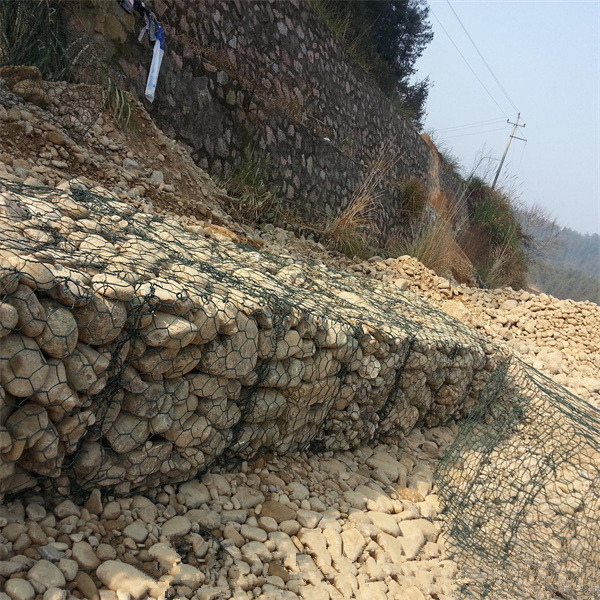8 月 . 27, 2024 17:25 Back to list
gabion edging
The Benefits of Gabion Edging in Landscaping
Gabion edging has become a popular choice for landscaping enthusiasts and professionals alike, offering a blend of aesthetics, functionality, and sustainability. Originally used in civil engineering for flood control and erosion prevention, gabions have found their way into residential gardens and public parks, providing a unique and rugged design element. This article explores the various advantages of incorporating gabion edging into your landscaping projects.
What is Gabion Edging?
Gabion edging consists of wire mesh cages filled with stones, gravel, or other materials. These cages can be easily shaped to create various forms of edging, including borders for flower beds, paths, or even retaining walls. The materials used in gabions can vary, allowing for customization in terms of color, texture, and size, which adds to the visual interest in a garden.
Aesthetic Appeal
One of the primary reasons homeowners are drawn to gabion edging is its rustic charm and versatility. The natural stone or gravel filling complements almost any landscape design, from modern minimalist gardens to traditional cottage-style yards. With a variety of stones available, it is easy to match gabion edging to the existing color palette and style of your outdoor space. Furthermore, as the plants grow and mature around the gabions, they will create a harmonious blend of natural elements, enhancing the overall beauty of the garden.
Durability and Longevity
gabion edging

Gabion edging is not only aesthetically pleasing but also incredibly durable. The steel mesh is resistant to corrosion, and when filled with natural stones, it can withstand weathering conditions better than many traditional edging materials. Unlike wood, which can rot or warp over time, or synthetic materials that may fade or crack, gabion cages provide long-lasting functionality. This makes them an excellent investment for anyone looking to enhance the longevity of their landscaping.
Erosion Control and Drainage
One significant benefit of gabion edging is its ability to control erosion. When used in hilly or sloped areas, gabions can help retain soil and prevent runoff, making them an ideal choice for gardens facing drainage issues. The porous nature of gabions allows water to flow through, reducing the risk of water pooling and increasing the saturation of nearby plants. This not only helps maintain healthy soil conditions but also contributes to an environmentally friendly landscape.
Eco-Friendliness
In a world increasingly focused on sustainability, gabion edging stands out as an eco-friendly option. The materials used can often be sourced locally, reducing transportation emissions and supporting local economies. Furthermore, they promote biodiversity, as the gaps in the stones provide habitats for small creatures and insects, thus fostering a healthy ecosystem within your garden.
Conclusion
Gabion edging offers numerous benefits that appeal to both the practical and aesthetic aspects of landscaping. With its rugged beauty, durability, erosion control capabilities, and eco-friendliness, it is an excellent choice for those looking to enhance their outdoor spaces. Whether you are designing a new garden or revitalizing an old one, consider incorporating gabion edging to achieve a stunning and environmentally conscious landscape. Embrace the charm and versatility of gabions and transform your garden into a captivating retreat.
-
The Role of Galvanized Gabion Mesh in Riverbank Protection
NewsJun.26,2025
-
The Role of Gabion Basket Raised Bed in Sustainable Gardening
NewsJun.26,2025
-
Quality Assurance of Wire Mesh Gabion Baskets
NewsJun.26,2025
-
Installation Guide for Welded Gabion Box
NewsJun.26,2025
-
How to Choose the Right Gabion Box
NewsJun.26,2025
-
Different Types of Gabion Wire Mesh
NewsJun.26,2025
-
Why PVC Coated Gabion Mattress Is the Best Solution for Long-Term Erosion Control
NewsMay.23,2025






